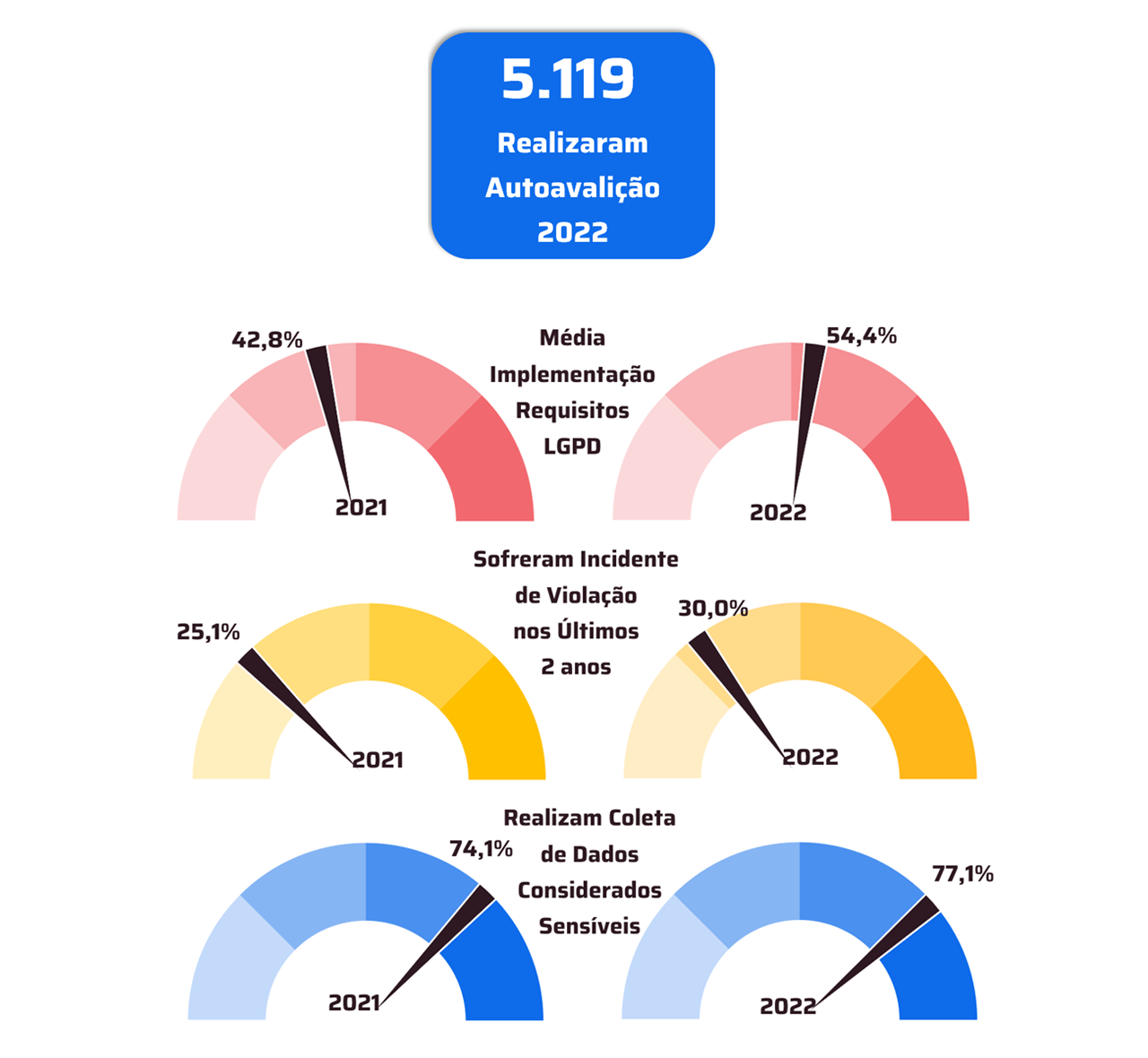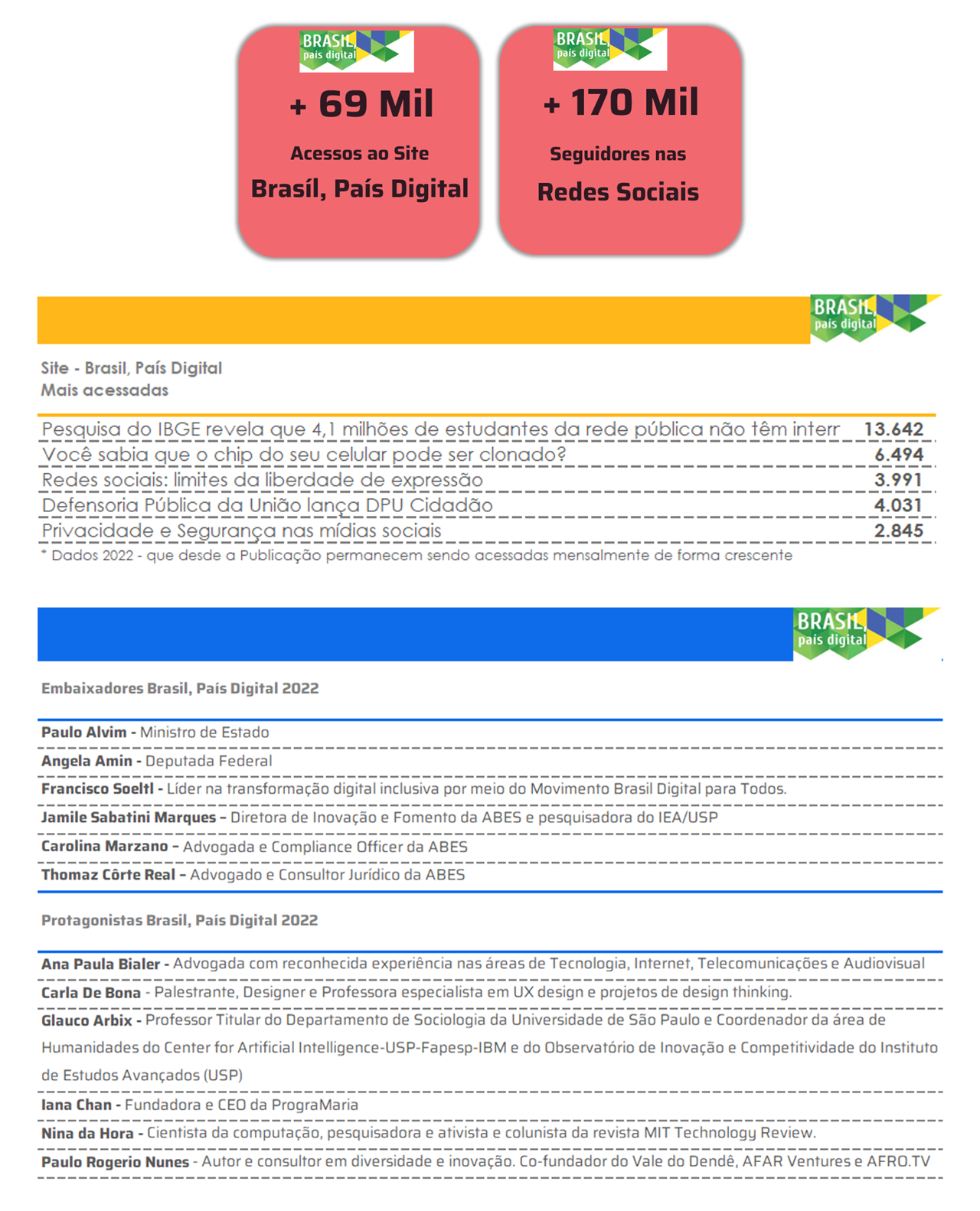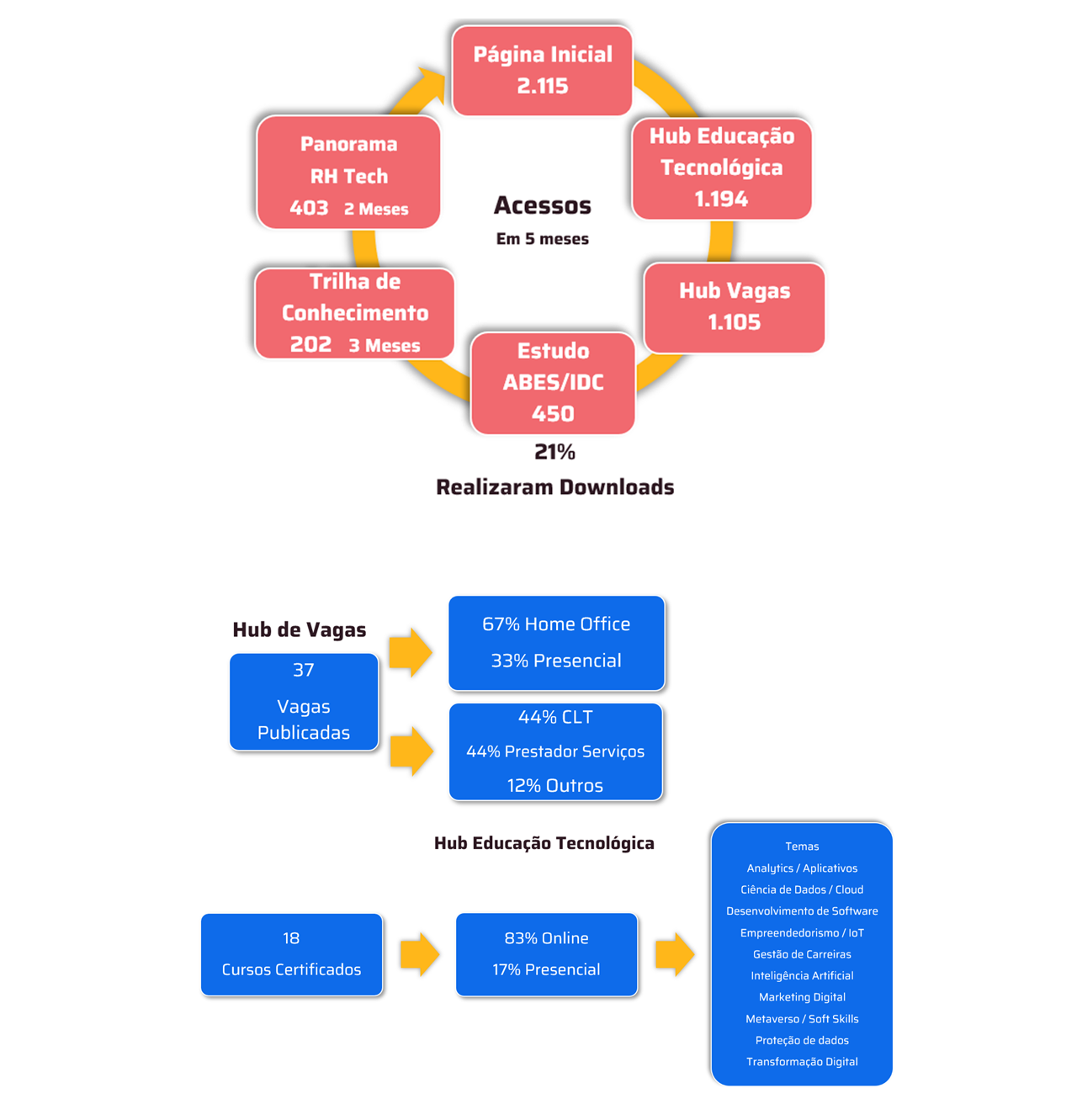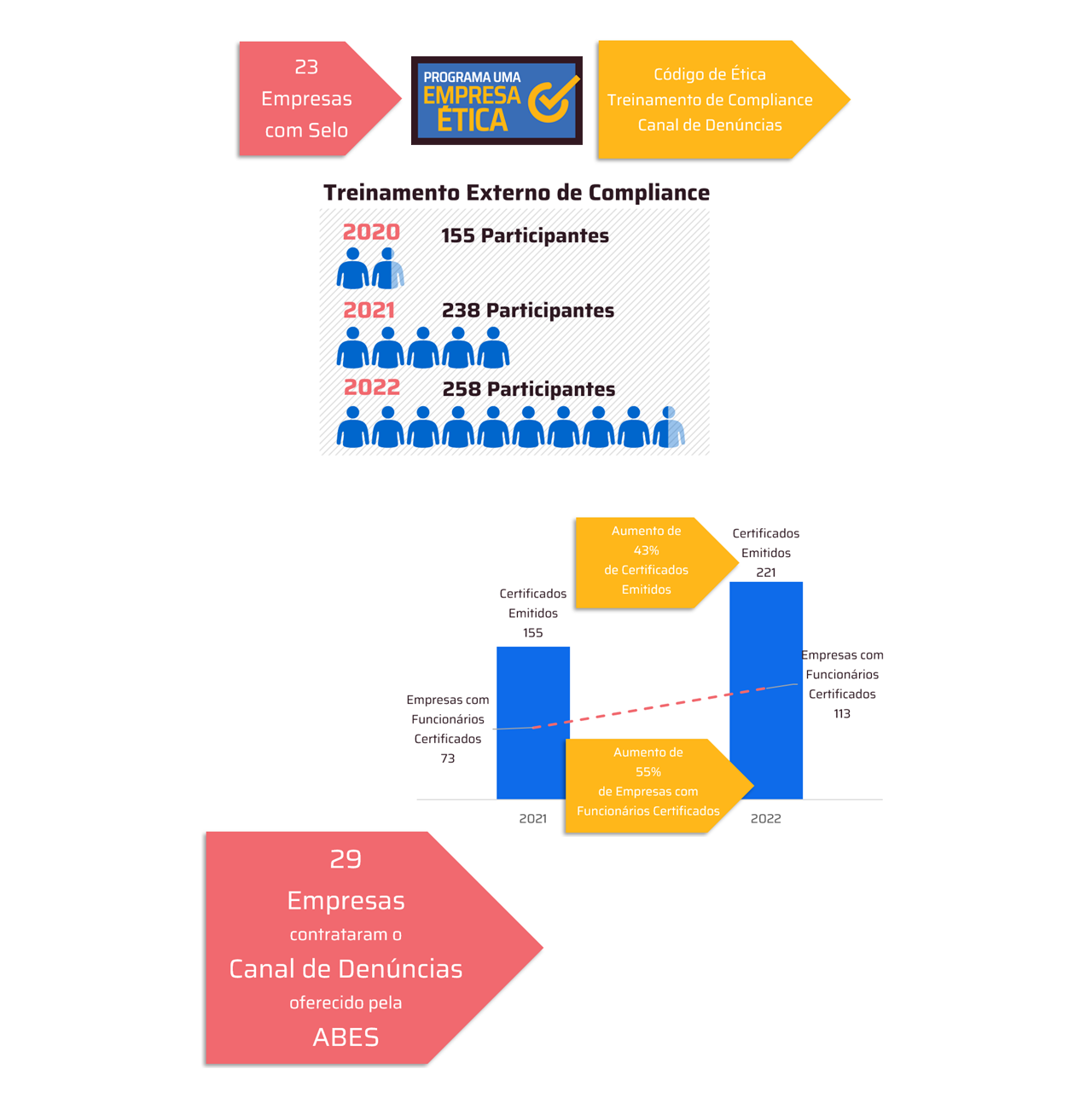Key trends reflect greater reliance on technology and creation of opportunities through the impact of external forces
O Gartner, a world leader in business research and advice, announces key trends that will impact technology providers by 2025. These innovations reflect three overarching themes: companies increasing their reliance on technology, new opportunities from emerging technology solutions, and the impact of external macro forces.

Rajesh Kandaswamy, Vice President and Analyst at Gartner
“The march of digitization continues even amid disruption, and technology providers have a leadership role to play,” he says. Rajesh Kandaswamy, Vice President and Analyst at Gartner. “In 2023, product leaders and technology executives must balance short-term planning with long-term strategy to stay ahead of the curve. immediate shocks to the economy and the underlying forces in macroeconomics and society that shape business.”
The trends identified by Gartner will impact technology customers, buyers, products, ecosystems, business models and operating models around the world for at least the next three years. Gartner research indicates the following trends:
Democratization of Technology — The democratization of technology empowers non-IT workers to source, select, deploy, and customize their systems. This trend offers opportunities to meet the needs of a new set of citizen developers and business technologists. Gartner predicts that, by 2025, 55% of all successful emerging technology solutions will be delivered to “non-traditional” buyers—for example, outside of IT—in enterprises, allowing vendors to expand into other markets and establish new relationships with customers.
Corporate technology federated purchase — In a federated purchasing process, decisions are made by representatives from across the enterprise. Driven by the democratization of technology, this type of investment is accelerating, with just 26% of technology buyers reporting in a recent Gartner research that its acquisitions are mainly financed by the IT area. “Federated purchasing creates opportunities for product leaders, as it allows a focus on higher value-added services for corporate customers,” he says. Emil Berthelsen, Vice President and Analyst at Gartner. “However, it also adds complexity, forcing changes to go-to-market models and requiring greater focus on value and outcome scenarios.”
Product-led growth — Product-led growth (PLG) Product-Led Growth) is a go-to-market strategy in which users experience value through free product offerings as well as interactive or automated demonstrations. Then converting that experience into paid accounts or your advocacy and influence helps drive purchases. By 2025, 95% of Software as a Service (SaaS) Services will employ a form of self-service PLG for new customer acquisition.
“PLG is moving forward in B2B after much praise in the B2C technology world,” points out Kandaswamy. “This approach can lower the cost of customer acquisition and lead to shorter sales cycles versus traditional buyer-oriented top-down sales and marketing strategies.”
Co-innovation ecosystems — The co-innovation ecosystem approach is an emerging practice that enables the convergence of internal, external, collaborative and creative ideas to create value. Companies are actively using technology to differentiate and succeed, so they are increasingly innovating with technology vendors. "With an ecosystem of co-innovation partners, technology providers can address pressing customer needs through the use of shared skills, experience, investment and incentives," adds the Gartner analyst.
Digital Markets — Technology buyers are embracing digital marketplaces to easily find, acquire, deploy, and integrate technology solutions. Non-technical buyers are also increasingly looking to other sectors to meet their needs for composable and easily consumable resources. “Technology and service providers are increasing their investments in market channels as they look for opportunities for growth and competitive advantage,” says Kandaswamy. “A digital marketplace accelerates time to market, extends reach to target segments, expands partner ecosystems and accelerates the sales cycle.”
Smart Applications — Intelligent applications will create value and transform markets by learning, adapting and generating new ideas and results. For example, the Generative Artificial Intelligence it is an emerging technology rapidly gaining traction for commercial use in smart applications. Generative Artificial Intelligence can produce media content (including text, image, video and audio), synthetic data and models of physical objects. "Product leaders should expect Generative Artificial Intelligence capabilities that empower workforces with augmented and creative skills to be a new competitive front in intelligent applications," says the Gartner analyst.
Metaverse Technologies for Marketing and Customer Experience — At metaverse technologies are rapidly gaining traction in marketing to create unique experiences, impactful interactions and new engagements. By 2027, over 40%'s from large organizations around the world will be using a combination of web3, spatial computing and Digital Twins (Digital Twins, in English) in metaverse-based projects aimed at increasing revenue.
“B2B marketers have the opportunity to apply metaverse technologies and the immersive experiences they provide to expand customer reach and engagement and improve the consumer experience,” highlights Kandaswamy. “Early adopters are using metaverse technologies to host events in virtual spaces, conduct internal and external sales meetings, showcase products and much more.”
Sustainable business — “Sustainable business has become something mandatory rather than just a differentiator”, highlights Kandaswamy. According to analysts, in an increasingly technology-driven world, sustainable business is supported by sustainable technology. Technology vendors must improve the sustainability of their products that enable sustainable business outcomes. Search from Gartner indicates that 42% of leaders are currently leveraging sustainability activities to drive innovation, differentiation and business growth through sustainable products. Gartner predicts that, by 2025, technology vendors who quantify their offerings' positive contribution to customers' sustainability goals will increase their success rate by 20%.
Techno nationalism – A trend away from globalization and towards commercialism is causing global markets to become increasingly local, impacting global technology ecosystems. Political decisions are driving countries to implement digital sovereignty regulations, causing a divergence in technology infrastructures. In response to this trend, product leaders must balance meeting country-level localization-specific needs against product profitability.













